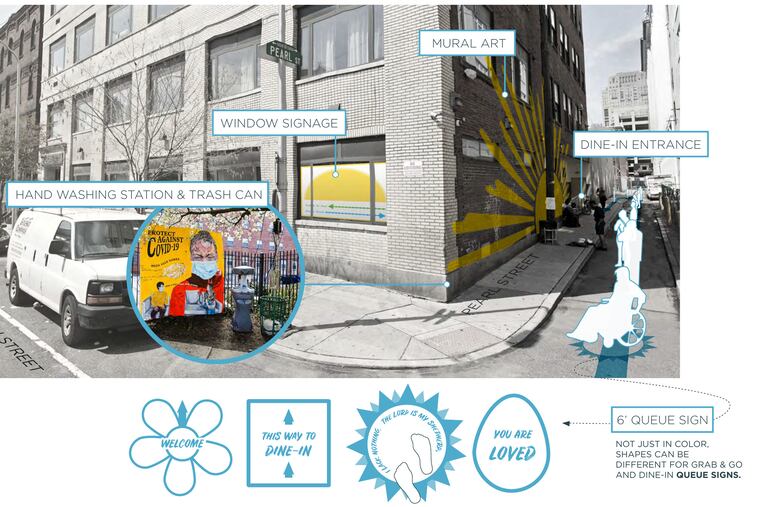Can good design protect us from the coronavirus? Philly designers pivoting to public health think so.
It’s the first wave of a long-term shift in design: reducing touch points, introducing furnishings that will both encourage and allow for social distancing, and requiring one-way traffic through hallways.
